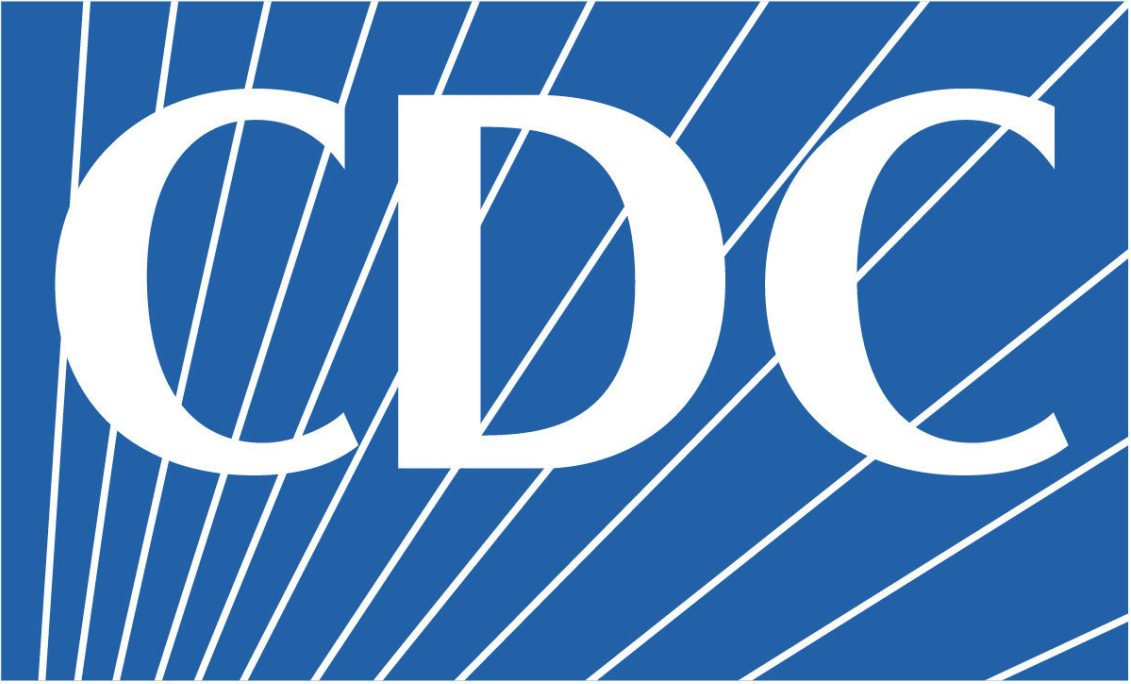WASHINGTON — Children should limit their daily intake of sugar added to food to no more than six teaspoons, a new recommendation by the American Heart Association advises.
Sugar can be found in many natural foods such as fruits, but it also shows up in most diets as an addition to food or drink. Some major sources of added sugar include sweetened soft drinks, candy, cake, honey products, dairy desserts such as ice cream, and in fruit drinks.
According to the 2015-2020 Dietary Guidelines for Americans put forward jointly by the U.S. departments Agriculture and Health and Human Services, added sugar should make up less than 10 percent of a person’s daily calories intake.
Six teaspoons of added sugar are equivalent to about 25 grams or 100 calories. The estimated amount of calories needed for a 2-year-old is about 1,000; for a physically active boy aged 16 to 18, the estimate is around 3,200.
The American Heart association, which considered diets of kids from 2 to 18, also suggests that no added sugar be given to children under the age of 2.
Eating habits, especially taste preferences, develop early, so limiting sugar consumption could help children form a healthier diet, said Dr. Sara Lappé, pediatrician at the Cleveland Clinic. Lappé also serves as the medical director of the Be Well Kids Clinic, a pediatric weight management program at Cleveland Clinic Children’s.
Beverages, including soda, are the number 1 source of added sugar among kids, said Lappé, a finding also noted by the Heart Association.
“Children should not drink more than one eight-ounce sugar-sweetened drink a week, yet they are currently drinking their age in sugary drink servings each and every week,” said Dr. Miriam Vos, lead author of the Heart Association study released Monday. She is also associate professor of pediatrics at Emory University School of Medicine in Atlanta.
The recommendation by the Heart Association did not include sugar from natural foods, but Lappé said that parents should be mindful of that kind of sugar. Drinking fruit juice, for example, is not as healthy as eating the whole apple or orange, because the juice extracts the sugar from other healthy dietary supplements like fiber.
Children who eat or drink too much sugar are at higher risk of obesity, and are more likely to be insulin resistant, a precursor of type 2 diabetes. Other problems may include low self-esteem, issues with joints, high blood pressure and fatty liver disease.
Approximately 17 percent of children aged 2 to 19 — about 12.7 million — in the U.S. are obese, according to the Centers for Disease Control and Prevention.
Lappé suggests that parents start aiming for the goal of lower sugar intake early by setting an example themselves, by decreasing the consumption of sweetened sodas at home, and start to look at foods that are lower in sugar.
Besides, the CDC also found in a 2011 report that nearly half of U.S. middle and high schools allowed advertising of less healthy foods, clouding students’ ability to make healthy food choices. The CDC has not yet updated that report.
By July 2018, food manufacturers will be required by the U.S. Food and Drug Administration to list the amount of added sugar on the Nutrition Facts label that shows up on most packaged food. Sugar content will be expressed in grams and as a percentage of a “Daily Value.”
“Until then” Vost said, “the best way to avoid added sugars in your child’s diet is to serve mostly foods that are high in nutrition, such as fruits, vegetables, whole grains, low-fat dairy products, lean meat, poultry and fish, and to limit foods with little nutritional value.”

